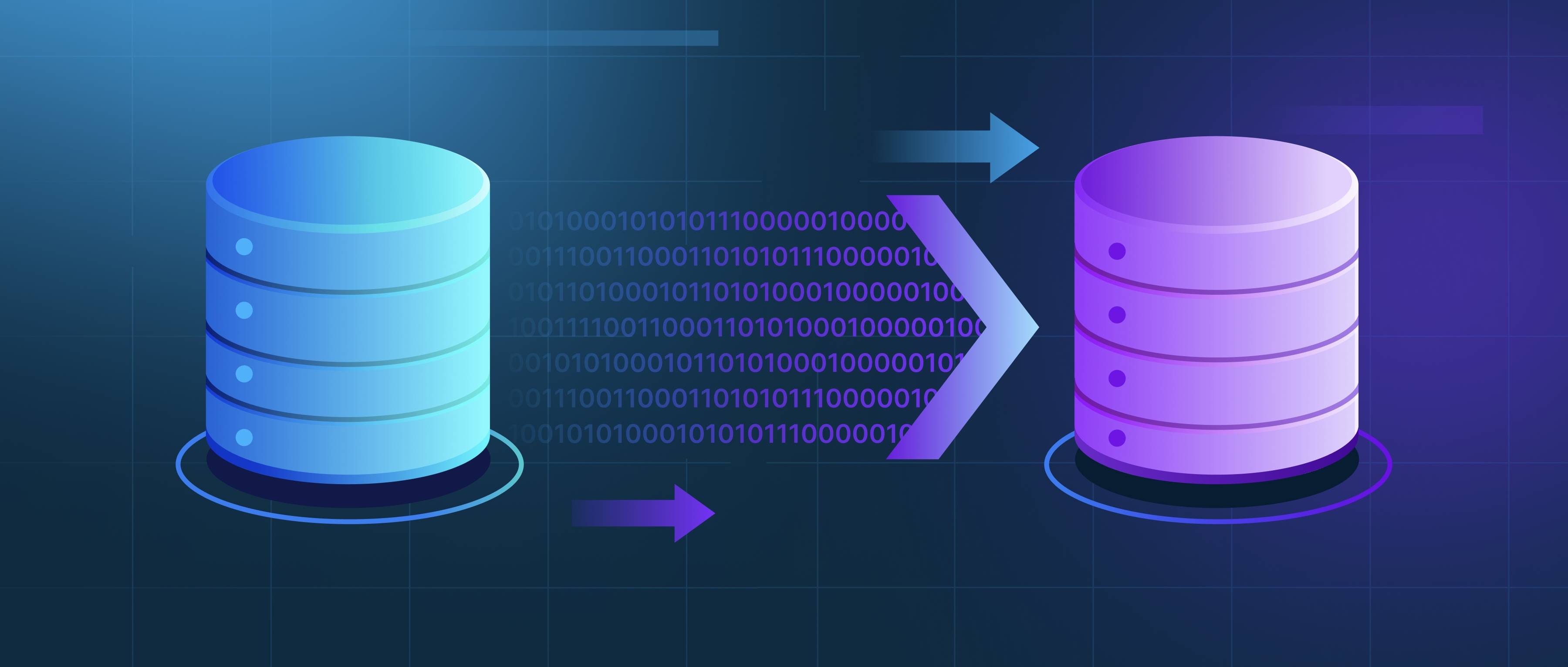Computer vision development services focus on building systems that enable machines to analyze and interpret visual data. The process begins with data collection and preprocessing, where developers gather and label datasets for training. For example, annotated images of defective and non-defective products are prepared to train a CV model for quality control. Properly curated data ensures the model learns effectively and performs well in real-world scenarios.
The second phase involves model development and training. Developers use advanced algorithms, often based on deep learning techniques like Convolutional Neural Networks (CNNs), to create models tailored to the client’s requirements. For example, a CV service might train a model to identify damaged goods on a conveyor belt. Pre-trained models such as YOLO (You Only Look Once) or ResNet can also be fine-tuned to accelerate development and improve accuracy.
Finally, these services include deployment and integration, ensuring the developed CV systems work seamlessly in the client’s operational environment. This involves integrating the models with hardware like cameras, sensors, or robots and connecting them to backend systems. For instance, a logistics company might deploy a CV system to automate package sorting. These services provide end-to-end solutions tailored to specific industrial needs.
